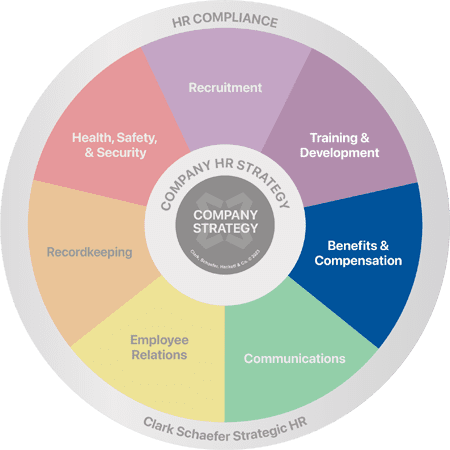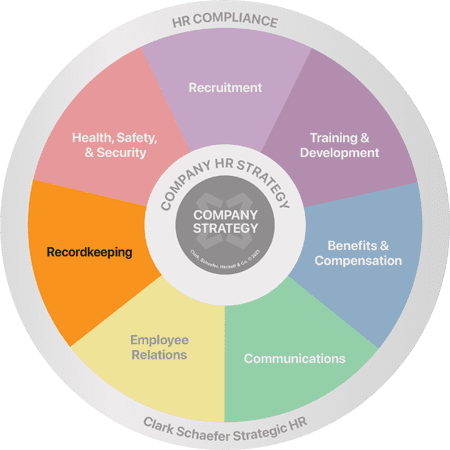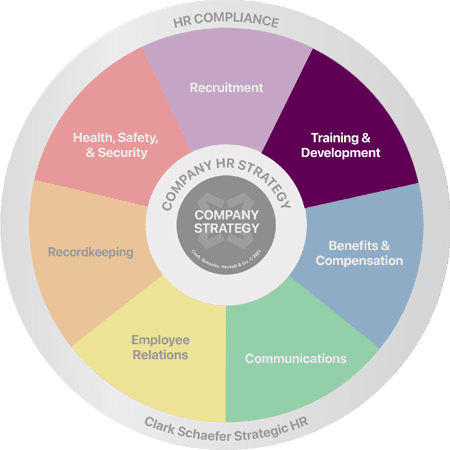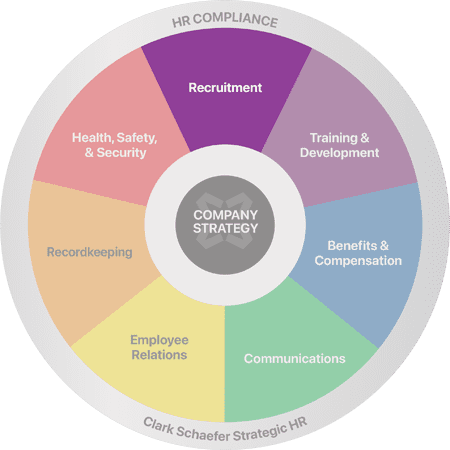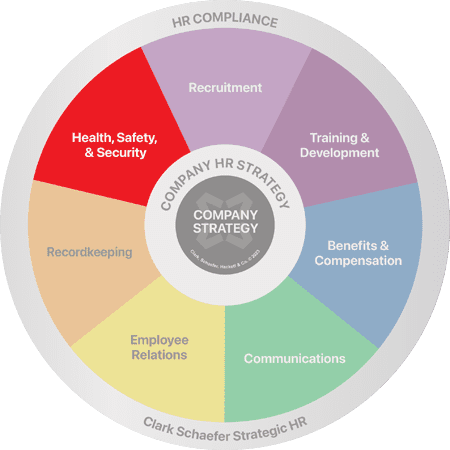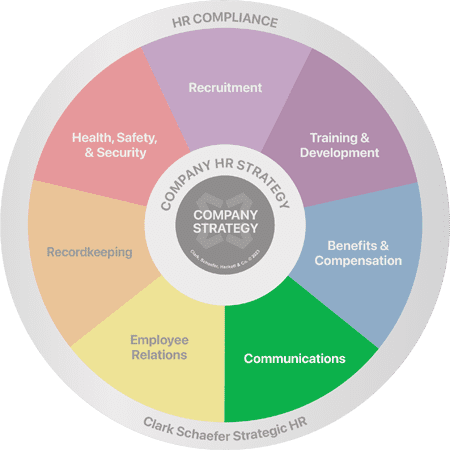Posts
What Role Should HR Play in Benefits Open Enrollment to Ensure Success?
Last Updatedin Benefits & Compensation Question of the Week
Conflict Management Strategies To Help Employees Work Together
Last Updatedin Employee Relations, Videos Question of the Week, Video
Civility in the Workplace
Last Updatedin Employee Relations, Videos Question of the Week, Video
What Questions Should I Ask During An Exit Interview?
Last Updatedin Employee Relations Question of the Week
Specific Ways HR Can Cultivate an Inclusive Workplace
Last Updatedin Employee Relations Question of the Week
How Do I Successfully Coach Employees to Improve Performance?
Last Updatedin Employee Relations, Training & Development Question of the Week
Six Key Leadership Attributes for Your Leadership Development Plan
Last Updatedin HR Strategy Question of the Week
What Should I Include in the First 90-Day Introductory Period?
Last Updatedin Recruitment Question of the Week
Hiring Tips: How to Prevent a Bad Hire
Last Updatedin HR Strategy, Recruitment, Training & Development Question of the Week
How Can I Support Employee Well-Being Beyond the EAP?
Last Updatedin Employee Relations, Health, Safety & Security Question of the Week
How Can HR Play a Strategic Role in My Organization?
Last Updatedin HR Strategy Question of the Week
Barriers To Effective Training and Development
Last Updatedin Training & Development Question of the Week
How Can I Get My Team More Engaged in Training?
Last Updatedin Training & Development Question of the Week
Three Ways Employers Can Promote Work-Life Balance
Last Updatedin Employee Relations Question of the Week
What Are Employee Pulse Surveys And How Can They Increase Retention?
Last Updatedin Employee Relations Question of the Week
What are the Best HR Practices for the End of the Year?
Last Updatedin HR Compliance, HR Strategy, Recordkeeping Question of the Week
What Can We Do to Make Onboarding Training Stick?
Last Updatedin Training & Development Question of the Week
What Happens If the Non-Compete Ban Goes Into Effect?
Last Updatedin HR Compliance Question of the Week
How to Offer Training & Development for Remote Employees
Last Updatedin Training & Development Question of the Week
How to Re-Energize Your Team Through Training & Development
Last Updatedin Employee Relations, Training & Development Question of the Week
How Do I Conduct a Training Needs Analysis?
Last Updatedin Training & Development Question of the Week
New Manager Training Topics You Can’t Afford to Skip
Last Updatedin Training & Development Question of the Week
Mandatory Retirement: Is It Legal?
Last Updatedin Employee Relations, HR Compliance Question of the Week
Top 3 Reasons Why New Hires Leave… And How to Turn Around Your Turnover!
Last Updatedin Employee Relations, Recruitment Question of the Week
Is it Important to Use Consensual Relationship Agreements?
Last Updatedin Employee Relations, HR Compliance Question of the Week
Are You Ready For These Top HR Trends in 2024?
Last Updatedin HR Strategy Question of the Week
Four Ways to Improve New Hire Onboarding and Training
Last Updatedin Training & Development Question of the Week
5 Key Points To Use Assessments in the Employee Life Cycle
Last Updatedin Employee Relations, HR Strategy Question of the Week
What Are Total Compensation Statements?
Last Updatedin Benefits & Compensation Question of the Week
Building A DEI&B Roadmap
Last Updatedin HR Strategy Question of the Week
How will AI impact the Human Resources function?
Last Updatedin HR Strategy Question of the Week
What Are The Benefits of Providing a Mentoring Program?
Last Updatedin Training & Development Question of the Week
What Are Stay Interviews and What Questions Should I Ask?
Last Updatedin Communications Question of the Week
HR’s Role During An Economic Crisis
Last Updatedin HR Strategy Question of the Week
Could Sabbaticals Be Your Next Retention Tool?
Last Updatedin Benefits & Compensation, Employee Relations Question of the Week
How Can You Teach a Manager to be a Good Listener?
Last Updatedin Communications Question of the Week
What are the Essentials of a Good Employee Relations Plan?
Last Updatedin Employee Relations Question of the Week
Why Is It Important To Get An Employee’s Signature?
Last Updatedin HR Strategy, Recordkeeping Question of the Week
Work-Life Balance Has Become Work-Life Integration
Last Updatedin Employee Relations Question of the Week
Are Employee Gift Cards Considered Taxable Benefits?
Last Updatedin Benefits & Compensation, HR Compliance Question of the Week
What is HR’s Role in the Mergers & Acquisitions Process?
Last Updatedin HR Strategy Question of the Week
Tips For How To Have Difficult Conversations With Employees
Last Updatedin Communications Question of the Week
Benefits of Using Employee Engagement Surveys
Last Updatedin Employee Relations Question of the Week
Mental Health Concerns in the Workplace
Last Updatedin Benefits & Compensation, Health, Safety & Security, HR Strategy Question of the Week
Why Employee Retention is More Important Now Than Ever
Last Updatedin Employee Relations Question of the Week
Contact Us
Clark Schaefer Strategic HR
10856 Reed Hartman Hwy
Suite 225
Cincinnati, OH 45242

Clark Schaefer Strategic HR is recognized by SHRM to offer Professional Development Credits (PDCs) for SHRM-CP® or SHRM-SCP® recertification activities.
The information provided on this website does not, and is not intended to, constitute legal advice; instead, all information, content, and materials available on this site are for general informational purposes only. Readers of this website should contact their attorney to obtain advice about their particular situation and relevant jurisdiction. This website contains links to other third-party websites. These links are only for the convenience of the reader, user or browser; Strategic HR does not recommend or endorse the contents of the third-party sites.


